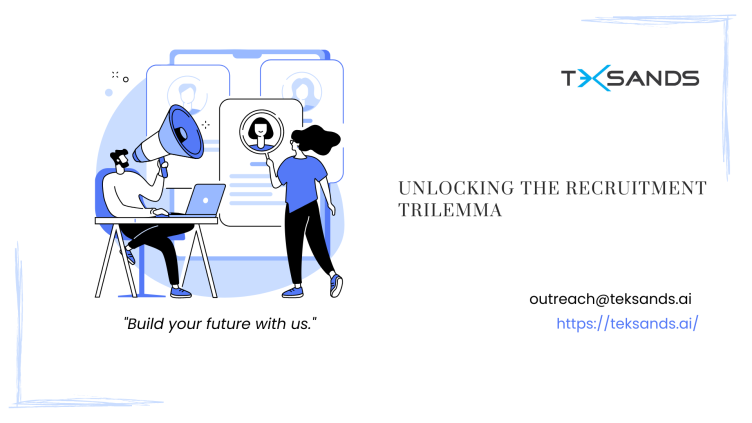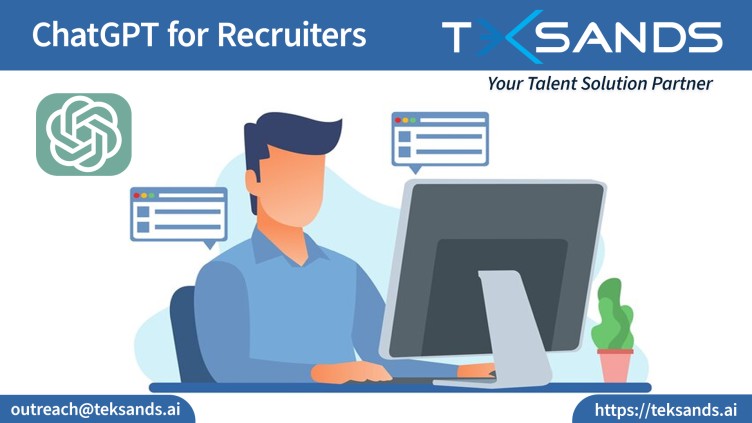
The Skills Gap Is Costing Corporates, How To Bridge The Gap?

Course Lessons
Introduction
The field of deep learning has gained a lot of attraction in the last few years. The most popular problems that are solved by deep learning models tend to use supervised deep learning models. For example, problems related to image recognition, speech recognition, sentiment classification are traditionally a part of supervised deep learning. The unsupervised models for deep learning are not commonly used or discussed like their counterparts (supervised models). There are many popular unsupervised models such as self-organizing maps (SOM), autoencoders, Deep Boltzmann machines (DBM) etc. In this article we'll keep our focus on autoencoders which have gained popularity in the last few years.
Autoencoders have played a crucial role in solving many problems in the last few years such as data anomaly detection, data denoising, information retrieval, etc. They have also helped in overcoming the shortcomings of many traditional dimensionality reduction techniques such as PCA, SVD. Let's get started. In this article, we'll try to shed some light on the unsupervised side of deep learning models, specifically autoencoders. We'll aim at an exhaustive yet simple explanation of autoencoders.
The Skills Gap Is Costing Corporates, How To Bridge The Gap?
As the name suggests, skill gap is the gap or distance between the skill an employee should possess and the skill they have. This gap may vary from one employee to another depending on the requirement of their particular job. For instance, an employee might not have the required collaboration skill to produce progressing outcomes for the company, and this lack of skill causes the gap between the employee's capacity and the company's requirement. Such gaps can be bridged through skill-development programs and on-the-job coaching provided by expert instructors.
But, how can a company know that the skill gap in its employees is hampering the production in the business? Well, for this, the company needs to run a skill gap analysis test that will help the team know its current condition.
The Skill Gap Analysis Test
The skill gap analysis test helps you identify the source of issue. And through the results of this test, the company can also alter its employee development and hiring programs, accordingly.
Here's how to conduct the analysis:
Step 1: Start with a Plan
The skill gap analysis test can be broadly conducted in two categories:
Individual
To test an individual, you will have to point out the skills that are required to perform a job in a particular business, and then, compare the same with the skill your employee owns. This is how the gap is known.
Team/company
Now take a certain team or a certain number of employees to study. Furthermore, put them to a project and see if they can perform the job without any external assistance. So, if the team fails to provide the required results without external assistance, then you need to work on uplifting their skills.
In this case, employee training programs such as the Lift-Off Program helps employees enhance their skills and perform better.
Step 2: Identify Required Skills
Before the employers work on filling the skill gap, it is important to identify the important skills your company needs. Find out what skills does the company value, and what skills the employees need to have in order to perform their job well.
- For this, consider your company's field of work, its values and its objectives in the year to come.
- Work to zero down the skills that the company might need in the years to come.
- You can also analyze this aspect by conducting a survey on your team members and collect their point of view about what skills they think they are missing. As a result, your employees would feel motivated to put forward their point of view.
Step 3: Measure Current Skills
Now, that you know what skills your company needs, it is time to measure the current skills to know the exact gap.
So, to measure the current skills, you should perform:
- Assessments and Surveys
- Discussion with employees
- Feedback from performance reviews
Skill management software can make the analysis less time consuming, producing exact results.
Step 4: Act on the data
Now, that you have the required data on skill gap in your company, it is time to act on the collected data.
Basically, there are two ways to bridge the skill gap
- Training the Existing Employees
- Hiring New Trained Employees
There exists skill development programs such as the Lift-off Program for your existing employees in order to fill the gap efficiently. Through the bootcamp program, the employer can fill in the gaps effortlessly, letting the employees reach to the desired skill levels.

We, as a professional training firm arrange workshops, seminars, and training sessions for your staff. Besides, formal training, we also provide educational material, and other opportunities to attend events and conferences.
At last, if the skills gaps are too broad to be filled by reskilling old employees, you should consider hiring new skilled professionals to make your business perform better. However, you need to make a few changes in your hiring process to get the best skills, these changes may include:
- Modifying the hiring process to screen the skill better, bringing exactly what the company needs.
- Planning structured interviews to reduce biasness and pick the talent thatâs worth the opening.
- Post openings on reliable sources like LinkedIn, Twitter, etc., to get the attention of passive skilled candidates, who might not be currently looking out for a job.
Skill gap analysis is a time taking process. However, the results are worth it because a skilled employee is a hundred times better than a non-skilled or partially skilled team member. Skilled personnel produces better results in least amount of time.
We are a professional skill development company that focuses on 360 degree development of your employee. Our Corporate Training program works on three prime verticals that include
- Tech Skills
- Methodologies
- Soft Skills
Features
- We focus on the digital development of young start-ups to provide them the right path to success. We have also set up the best online coding bootcamp to enhance the tech skills and bridge the gap.
- We have already delivered more than 3000 hours of Corporate Training, in the last six months.
- We have 400 plus trainers registered with us that help your business grow through the growth and help in the skill development of your employee. The corporates can then hire machine learning developers and also hire java developers that help boost the tech skills.
- The trainers registered with us are highly competent to deliver the best results in least amount of time.
- We create a student and trainer dashboard to monitor the results and actively update the process.
Therefore, using the right professional help you can make your business grow manifolds. As the only way to stay ahead in the competition is by ensuring that the companyâs personnel are well trained on the latest technologies prevailing in the market. For the overall development on the employees, the companies should not just focus on uplifting tech skills, but enhancing the soft skills is also equally important.
Because of the increasing skill gap, employers are left with job openings that are taking longer than normal to fill. And experts believe skill gap is almost similar to labor shortage that effects the production largely. Therefore, every company should work at filling the skill gap on priority basis.










